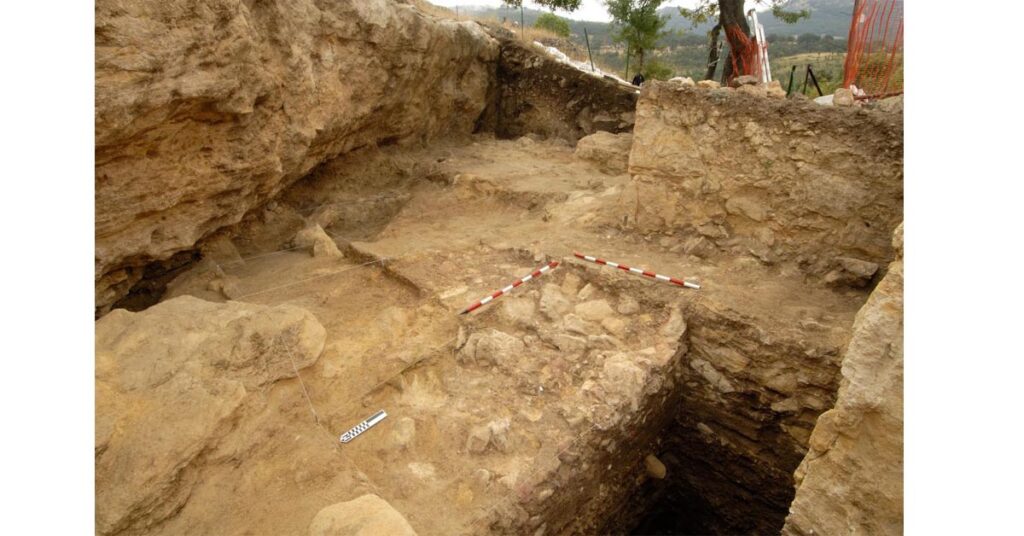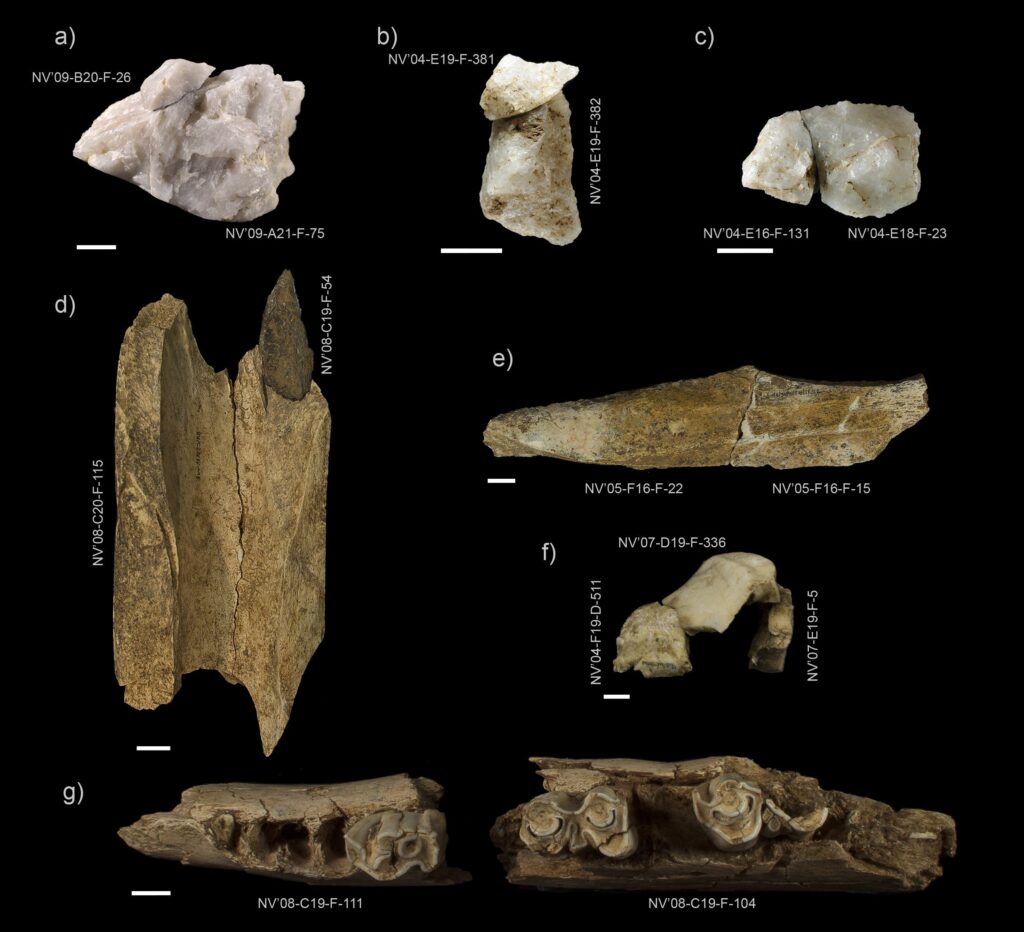Exploring Neanderthal Occupation and Resource Exploitation: A Spatial Analysis of Navalmaíllo Rock Shelter Site

Abel Moclán, a predoctoral researcher attached to the Universidad de Burgos (UBU), the Centro Nacional de Investigación sobre la Evolución Humana (CENIEH), and the Institute of Evolution in Africa (IDEA), is the lead author of a paper published in the journal Archaeological and Anthropological Sciences, which undertakes a spatial analysis of the faunal remains and lithic tools for the Neanderthal occupation of level F at the Navalmaíllo Rock Shelter site (Pinilla del Valle, Madrid), which is about 76,000 years old.
The results suggest reiterated use of the site by hunting parties which exploited the space very sporadically, but very intensively.
These Neanderthals captured their prey (which were mainly large bovids and deer) nearby and brought them to the site, where they made an initial use of these animal resources before carrying most of the spoils to the point of final consumption where they were shared with the rest of the group.

From a spatial point of view, this study is of interest because the authors show that the remains left by the successive visits of Neanderthal groups follow a highly uneven distribution pattern.
Most of the activities were performed in a very specific part of the cavity, which was probably the most convenient for occupation as it was the flattest and highest.
“This shows us that these groups practiced different models of occupation of the space to fit their needs, as the spatial behavior we identify at Navalmaíllo does not match what we see at other hunting camps from the same period,” says Moclán.




